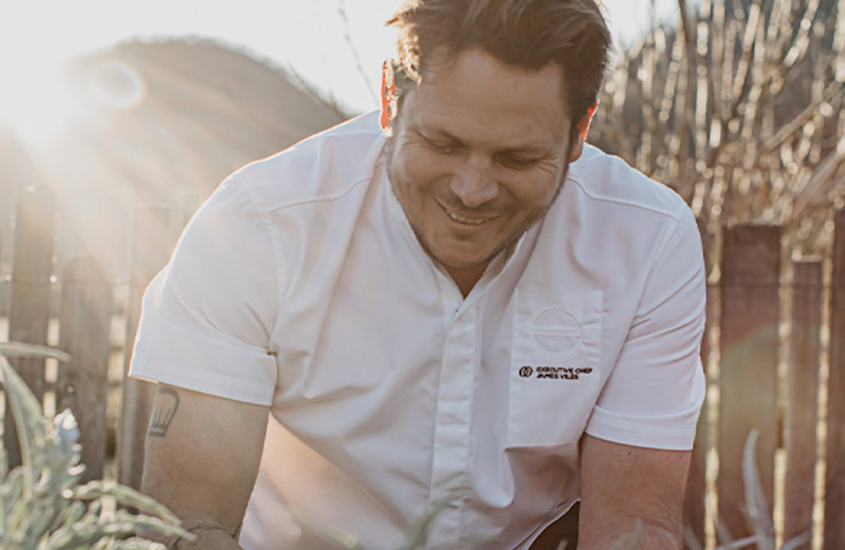By Amanda Godin:
As the cottonwood trees awaken and the winter slumber begins to wear off, I stir with excitement smelling the sweet nostalgic aroma of cottonwood buds. Its fragrance travels through the cool spring air inviting me to take a walk amongst its broad spreading canopies that grow up to 150-feet tall. The familiar scent is a sign that a change of seasons is amongst us. Spring in Alaska is a magical time for us as we transition from a long, dark and cold winter.
Cottonwood trees, also known as balsam poplar, are part of the willow family. They are tall deciduous trees that have smooth, shiny triangle shaped leaves with finely toothed edges and pale green underside. In the fall the leaves turn golden yellow before shedding. When mature, the bark is grey with deep furrows, the younger branches are smooth and brown. They are native to north America, Europe and western Asia, and grow in abundance in moist soil conditions along riverbanks and flood plains. In north America they grow from Alaska to the east coast of Canada, south to New York, Michigan, Wisconsin, Wyoming and Oregon. Cottonwoods grow rapidly and live to be 100 to 400 years old. Due to rapid growth their wood is soft so their long-twisted limbs can break off easily in a windstorm.
The late winter buds are plump, brown in color with a fragrant reddish, yellow colored resin. My absolute favorite use with these buds is to make the cottonwood balm, otherwise known as balm of Gilead. Cottonwood balm is wonderfully healing for cuts, scrapes and inflammation. It is also medicinally known for its pain-relieving effects as well as being mildly sedative. For nasal congestion wipe a small amount in nostrils or boil a tablespoon in a pot of water and inhale the vapors. I like to rub my tired muscles in the evening before bed, the grounding aroma helps to settle me in for the night.
The best time to collect buds is after a good windstorm in late winter or early spring. We head out with our shears, snowshoes and a 5-gallon bucket in hopes to hit the jackpot. It is best to harvest when temperatures are around freezing. Once warm, the buds are sticky and most of the valuable resin is lost. After a harvest it is important to lay the buds out overnight in a single layer to prevent molding. The next day I will pull out my crockpot and fill it halfway with the buds then fill it up with organic olive oil. I turn it onto “warm” setting or the lowest setting on the crockpot and let the magic happen. Over the next few days the aroma of cottonwood permeates my house. Let the oil infuse for several days. After about the third or fourth day I turn off the crockpot and separate the solids. I pour the golden infused oil into mason jars, let them cool, put a lid on, label and store in a cool dark place until ready for use. The resin of the cottonwood buds carries a high level of antioxidants which will allow for a long shelf life. Below I have an easy to do cottonwood balm recipe.
Cottonwood balm
Ingredients: (prepare to have five, 2-ounce jars)
- 1 cup oil infusion
- 2 tablespoons beeswax
Equipment:
- Double boiler or makeshift double boiler using a pot, glass bowl that will fit on top of pot
- Stainless steel spoon
- Five, 2-ounce jars
- Measuring cup with pour spout, I like to use a glass Pyrex measuring cup
Once you have your ingredients together, follow the simple steps to make your cottonwood balm.
- Prepare your double boiler, fill pot about a quarter full of water and bring to a boil. Reduce heat to a simmer and add glass bowl. The bottom of bowl should not reach water.
- Melt beeswax in glass bowl, once melted slowly add oil infusion stirring with your stainless-steel spoon.
- Pour into measuring cup with pour spout.
- Pour mixture into clean, sterilized jars or tins.
- Let it set until at room temperature and solid form. This usually takes about 45 minutes. You do not want to put lids on prematurely as this could cause condensation and mold to develop.
- Cap and label balm.
Watch this video to get a better understanding of the process.
Enjoy your very healing golden colored cottonwood balm. Please note that cottonwood buds can cause an allergic reaction in people with tree sensitivities.
For more information on the cottonwood balm and other sustainable wildcrafted products that I make, visit www.aurorabotanicalsak.com.













